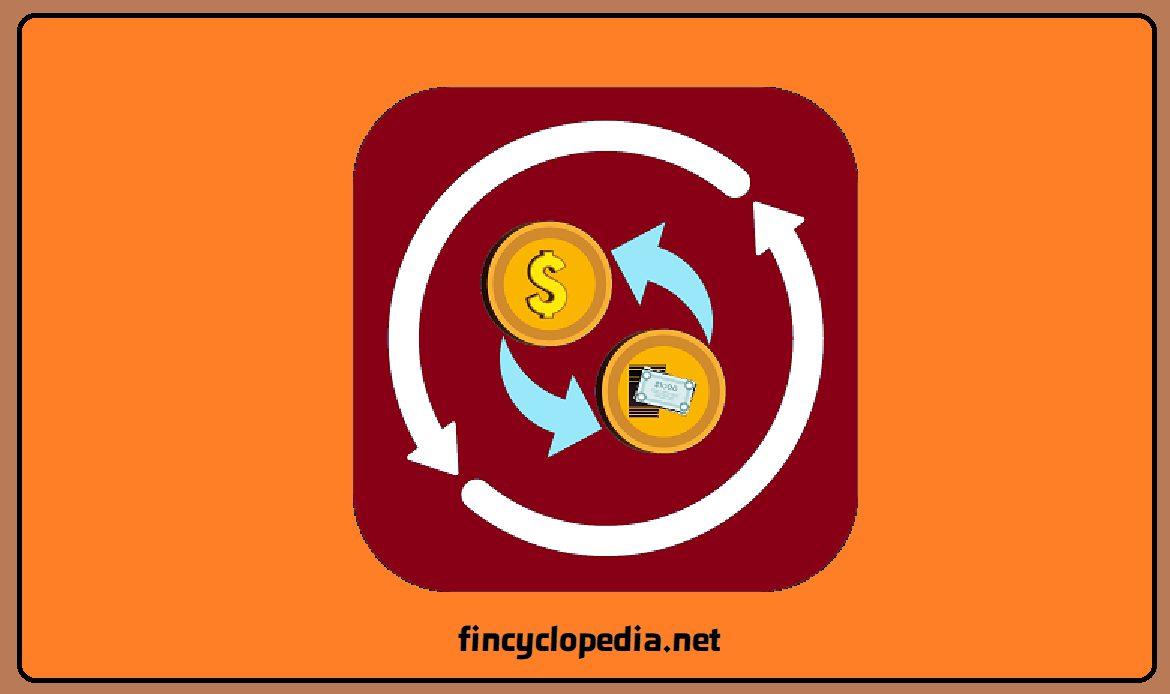The fair value (FV) of a derivative depends on the value (fair value) of its underlying asset/ performance/ variable, etc. It is the price at which the derivative is traded between the two parties. More specifically, fair value is a function of a set of inputs and assumptions made under a pricing model, namely: future cash flows, present value of future cash flows and the valuation model used. In its simplified calculation, the fair value of a derivative is the price that matches supply and demand in the market. It is the price for which the number of market participants willing to buy equals the number of market participants willing to sell.
The fair value of a derivative reflects the gains and losses pertaining to its underlying. In accounting, this value depends on the intended use of the derivative and its designation for accounting purposes (for trading, as hedge, etc.) Derivatives used for trading or not qualifying as a hedge are carrying at fair value, with changes in fair value recognized in current net income.
Under accounting standards, there are 3 level of estimates of fair value. Level 1 estimates are based on quoted prices for identical items in active markets. Level 2 estimates are usually based on quoted prices for items in active markets. Level 3 estimates are usually made where no similar items trade in the market.
For example, for an option, the buyer practically buys the right to purchase as specific number of shares (100 shares of stock per contract) at a specific price per share, with the right covering a specific period of time. The value of this derivative (fair value premium) depends on the market price of its underlying, among other factors (as inputs to the pricing model). In terms of the market price of an underlying asset (the share of stock), if the stock’s market price increases, the value of the option on the stock also increases, and vice versa.




